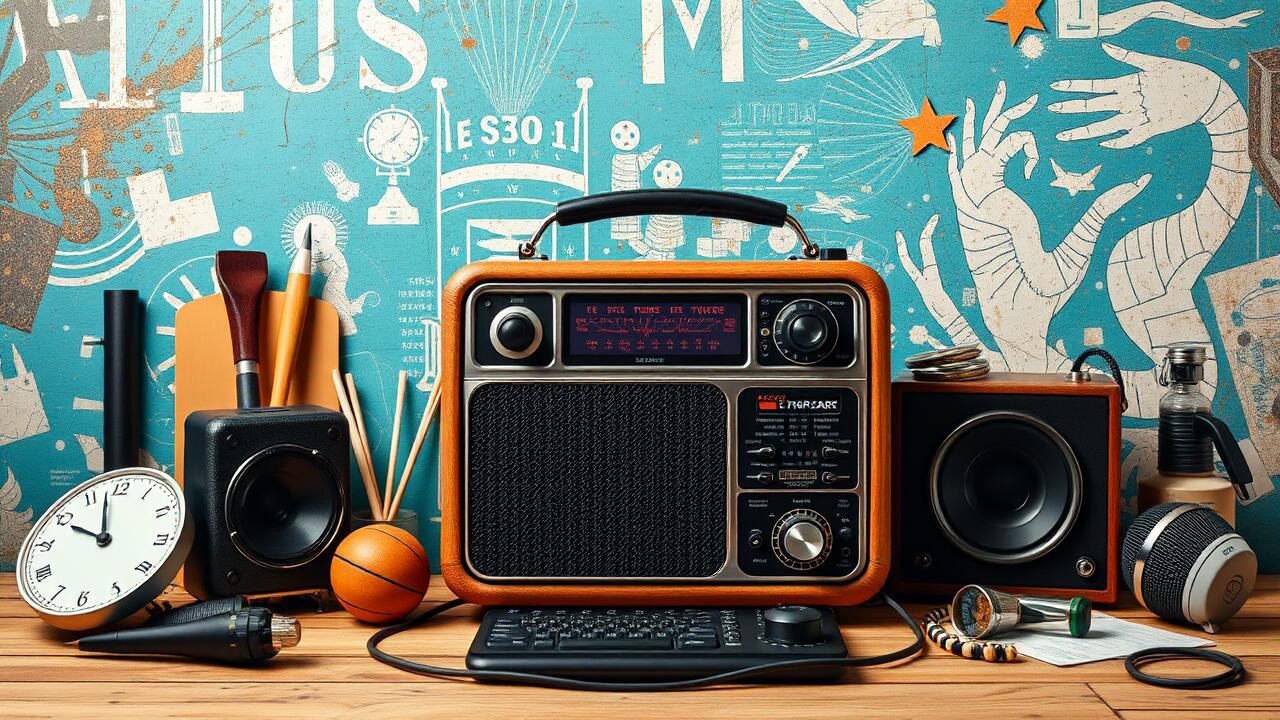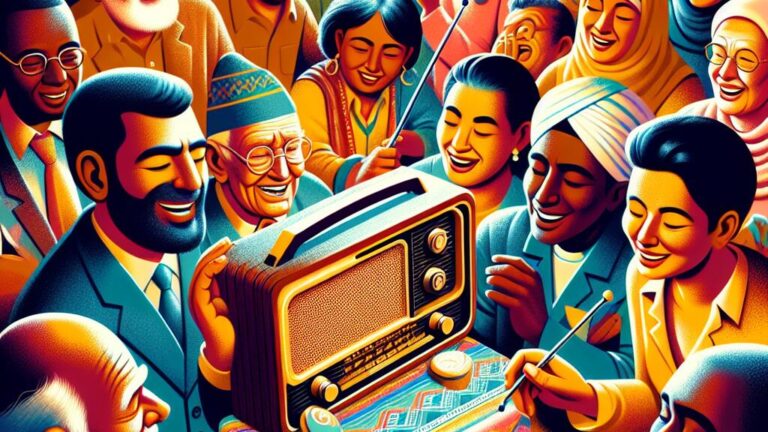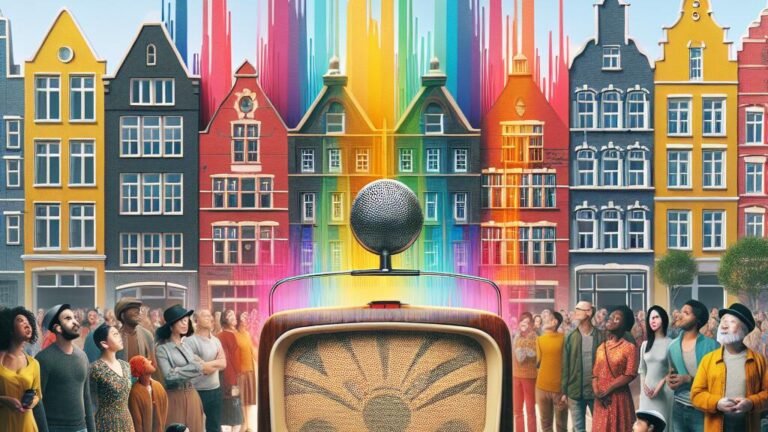Disadvantages of Radio
Accessibility Issues
Radio grapples with a myriad of challenges when it comes to accessibility, and the situation is anything but straightforward. For those with hearing impairments, the struggle is particularly acute—immersing oneself in audio content devoid of visual cues can be akin to navigating a labyrinth without a map. Sure, some stations attempt to bridge this gap by offering transcripts or audio descriptions; however, these lifelines aren’t consistently available. As a result, countless individuals find themselves on the periphery, unable to fully engage with the material that unfolds over the airwaves. Public awareness? It’s alarmingly low—a quiet backdrop that stifles any momentum toward enhancing accessibility within this industry.
But wait—there’s more! Geographic barriers only serve to deepen this quagmire. In rural pockets or underserved locales where radio signals often flicker like fireflies on a dark night—or worse yet, are completely absent—the challenge multiplies exponentially. Folks in these regions may feel utterly cut off from broadcasts if they rely solely on traditional radio waves without any alternative means at their disposal. This stark disparity underscores an urgent need for innovative and inclusive practices within the medium itself—because every voice deserves not just to be heard but also embraced in the tapestry of radio programming, regardless of one’s circumstances.
Barriers for Hearing Impaired Individuals
For countless individuals grappling with hearing impairments, the world of radio can feel like an elusive treasure chest, locked tight and shrouded in silence. Traditional broadcasts—those vibrant waves of sound—offer a cacophony that leaves this community on the outside looking in. Programs and advertisements swirl around them like whispers in a crowded room, leaving them stranded without visual lifelines such as captions or sign language interpretation. In this auditory landscape, critical nuggets of information and entertainment slip through their fingers like grains of sand.
Moreover, the glaring absence of accessibility options within radio programming casts a long shadow over inclusivity. Sure, some stations might toss out transcripts or online content here and there—but these resources are far from ubiquitous. This chasm creates an impenetrable barrier that not only hinders but actively dissuades hearing impaired individuals from diving headfirst into the rich tapestry of radio life. Consequently, they find themselves adrift in a sea where mainstream media feels just out of reach—a poignant reminder of exclusion echoing louder than any broadcast ever could.
Station Ownership Concentration
The tight grip of station ownership can dramatically stifle the vibrant tapestry of programming diversity. Picture a scenario where a handful of corporations wield control over an extensive network of radio stations; suddenly, the multitude of voices and perspectives starts to dwindle alarmingly. This trend towards uniformity morphs into a bland listening experience—think cookie-cutter content—with precious little space left for local gems that celebrate the distinct culture and passions of varied communities.
But wait, there’s more! This model often places profit squarely above quality in programming choices. Smaller, independent stations? They’re caught in a relentless struggle to keep up, which leads to a disheartening decline in innovative or niche offerings. As these giant entities chase mainstream appeal like moths to a flame, they inadvertently sideline the unique tastes and preferences of smaller audiences. The result? A radio landscape that becomes increasingly monochromatic—a missed opportunity for richness and depth!
Effects on Programming Diversity
The concentration of ownership within a handful of colossal radio corporations can dramatically stifle the rich diversity of programming that listeners crave. Picture this: when just a few entities wield control over an extensive network of stations, their profit-driven motives often dictate what content makes it to airwaves. The result? A troubling sameness in programming, where the unique voices and experimental formats that breathe life into local cultures get overshadowed by the relentless pursuit of revenue.
Listeners might find themselves navigating a narrow corridor filled with only a limited spectrum of voices and opinions—stations gravitating toward popular trends rather than fostering the vibrant tapestry woven from local culture or niche genres. This overwhelming focus on mainstream appeal tends to sideline minority communities and smother innovative ideas, ultimately undermining radio’s potential as a dynamic platform for diverse narratives and genuine community engagement.
| Radio Station | Ownership | Programming Diversity |
|---|---|---|
| WXYZ FM | Large Corporation A | Limited – Predominantly Top 40 hits |
| ABC Radio | Large Corporation B | Moderate – Mix of talk shows and popular music |
| Community Voice Radio | Non-profit | Diverse – Local news, niche music, and cultural programs |
| QRS Public Radio | Regional Network | High – Focus on local artists and community stories |
Regulatory Challenges
Broadcasting laws intricately weave the fabric of radio’s landscape, a tapestry rich with both opportunity and constraint. These regulations often impose stringent boundaries that dictate how stations may operate—like unseen architects shaping their very existence. Licensing requirements loom large, varying dramatically from local to national levels, creating a labyrinthine maze through which smaller stations must navigate. This complexity can tilt the scales against them, rendering it an uphill battle when pitted against sprawling networks flush with resources.
But the burden doesn’t stop there; compliance can become a creativity-squelching behemoth! As station operators scramble to tick regulatory boxes, they risk relegating fresh programming ideas to mere afterthoughts in favor of meeting obligations—a dull grind that stifles innovation’s spark.
And let’s not forget: this regulatory environment is not just cumbersome; it often feels like a relic from another era! Many rules governing radio broadcasting were etched in stone decades ago, crafted for traditional media landscapes that seem almost quaint today. This disconnect breeds friction as modern media consumption trends diverge sharply from those ancient edicts. Radio stations find themselves shackled by outdated constraints while new technologies blossom around them. Listener preferences shift like sand dunes in the wind—but alas, regulatory changes lag behind at a snail’s pace!
This inertia keeps radio on its back foot, hindering its ability to seize golden opportunities for meaningful audience engagement and adapt fluidly within the dynamic digital realm.
Constraints Imposed by Broadcasting Laws
Broadcasting laws—oh, the tangled web they weave! These regulations impose a rigid framework that can stifle the nimbleness of radio stations. They often dictate everything from what content must be aired to the labyrinthine licensing processes and even delineate the very geographical territories where these stations are allowed to broadcast their soundwaves. For smaller or local outfits, this bureaucratic tangle can feel like an insurmountable mountain; extensive paperwork and daunting fees loom large, choking off avenues for innovation and niche programming. In effect, this legal maze serves as a formidable barrier for newcomers, tightening the grip around a few dominant players in the industry.
And then there’s the creeping sense of uniformity that compliance brings along with it—a homogenization of content that feels almost mechanical. Stations may find themselves leaning towards programming that fits neatly within regulatory boxes, leading them to sacrifice creativity and those vibrant local flavors that give radio its soul. This relentless pursuit of adherence may push them away from controversial subjects or groundbreaking formats capable of igniting audience engagement. Consequently, listeners might drift away from traditional radio’s embrace, seeking refuge in more agile and responsive digital platforms where dynamism reigns supreme—leaving behind a once-thriving medium struggling to keep pace with an ever-evolving landscape.
- Restrictions on content types, potentially limiting diversity in programming.
- Complex licensing processes that create barriers for new entrants to the market.
- Geographic limitations that restrict broadcasting reach and audience engagement.
- High compliance costs that disproportionately affect smaller stations.
- A tendency towards risk-averse programming that prioritizes regulatory adherence over innovation.
- Decreased opportunities for local or niche content, which can alienate community listeners.
- A growing audience migration to digital platforms that offer more dynamic and varied content.
Limited Interactivity
Radio, in its traditional form, unfolds as a one-way street of communication—listeners hunched over their devices, absorbing waves of content without the thrill of real-time interaction. This lopsided format can breed a certain disconnect—a chasm between the audience and the very essence of what’s being broadcasted. Lacking that immediate feedback loop or an avenue for participation, radio often fails to cultivate an inclusive vibe for listener engagement. In today’s fast-paced world, many crave experiences that are not just passive; they yearn for platforms that invite them to voice their opinions and share emotions on the fly.
Enter digital platforms—those dynamic realms where interaction skyrockets through comments, likes, and shares at lightning speed! This evolution has thrown into stark relief radio’s constraints; listeners frequently pivot towards social media or podcasts—vibrant spaces where they can plunge headfirst into conversations about the content swirling around them. Consequently, radio finds itself grappling with retention issues among its audience base, particularly younger generations who place a premium on engagement and interactivity as hallmarks of their media experience.
Engagement Options Compared to Digital Platforms
Ah, the world of radio! A realm where listeners often find themselves shackled by the constraints of interactivity compared to their digital counterparts. While online platforms buzz with real-time exchanges—comments flying like confetti, shares multiplying in a flash, and likes accumulating as if they were candy at a parade—radio sticks to its one-way street. Sure, audiences can call in or shoot over messages, but let’s be honest: these options often lack that spark—the immediacy and vastness—that social media thrives on. For those accustomed to vibrant participatory experiences, radio can feel like a distant echo rather than an engaging dialogue.
Now let’s pivot to the dazzling landscape of digital platforms! Here lies not just interaction but also a treasure trove of tailored content fine-tuned to user whims and fancies. Streaming services and podcasts morph recommendations based on listening habits—creating an experience that feels almost bespoke. Meanwhile, traditional radio stations? They’re churning out standard playlists that hardly scratch the surface of their audience’s eclectic tastes. This discrepancy in engagement doesn’t merely coast along; it has serious implications for listener loyalty as more folks flock toward platforms promising interactive delights and customizable journeys through soundscapes galore.
Reliance on Traditional Formats
For ages, radio has clung tightly to tried-and-true formats, those comforting signatures that have woven themselves into the fabric of listener experience. Yet this steadfast loyalty to old-school programming can stifle innovation and choke off the breath of creative experimentation. As the digital wave crashes over us, reshaping preferences like sand on a shoreline, many stations find themselves floundering in its wake. When they dare to introduce something new—an adventurous format or an unexpected twist—they often face pushback from die-hard fans who cling desperately to what feels safe and familiar.
But wait! The plot thickens! Enter the fierce competition of digital platforms—a veritable smorgasbord catering to an eclectic mix of tastes and whims. Streaming services and podcasts have unleashed a cornucopia of choices upon unsuspecting listeners: everything from obscure genres you never knew existed to audaciously avant-garde audio experiences. In this cacophony of options, traditional radio sometimes seems like a faint echo—a distant voice barely heard above the din. While some brave stations may try their hand at venturing beyond established norms or injecting contemporary flair into their offerings, they’re often tethered by the very conventions they’ve relied upon for so long—hampering their quest to capture and hold onto those elusive younger audiences craving something fresh and vibrant!
Struggles to Adapt to New Trends
Traditional radio grapples with the relentless march of technological progress, finding itself at a crossroads where innovation meets nostalgia. The emergence of streaming services and podcasts has fundamentally transformed how listeners engage with audio content, crafting an experience that’s tailored to individual tastes—think personalized playlists and the luxury of on-demand listening. Meanwhile, radio’s steadfast commitment to its rigid programming schedules can seem like an antiquated relic to younger audiences who crave flexibility and easy access.
But it doesn’t stop there; the radio industry often faces hurdles in adopting fresh, dynamic strategies that truly resonate with modern listeners. As digital platforms evolve into vibrant hubs for interaction—where audience members can dive into real-time discussions—the traditional airwaves risk becoming ghostly echoes of their former selves. This seismic shift beckons a call for adaptation, yet many broadcasters remain tethered to age-old practices that may stifle their growth. Without wholeheartedly embracing new technologies and innovative approaches, radio could find itself adrift in an increasingly digital landscape, struggling to maintain its relevance amidst a sea of change.
Conclusion
Radio, once the reigning titan of communication, now stands at a crossroads, grappling with a myriad of hurdles that stifle its impact and audience engagement in our fast-paced digital age. Accessibility woes further widen the chasm for certain groups—especially those with hearing impairments—who find themselves sidelined, unable to immerse in the auditory tapestry being woven. Meanwhile, the tightening grip of station ownership raises eyebrows about programming diversity; as voices from varied communities fade into the background noise, listeners are left with an all-too-familiar soundtrack that lacks vibrancy and uniqueness.
Regulatory red tape looms large like an iron curtain over innovation’s bright horizon. Broadcasters find themselves ensnared by outdated laws that fail to keep pace with lightning-fast technological advancements. Traditional formats stumble under the weight of modern demands; radio’s limited interactivity pales in comparison to the dynamic engagements beckoning from digital platforms. These challenges underscore a critical juncture—the urgent need for radio to pivot and rethink its place within this ever-shifting media landscape.







